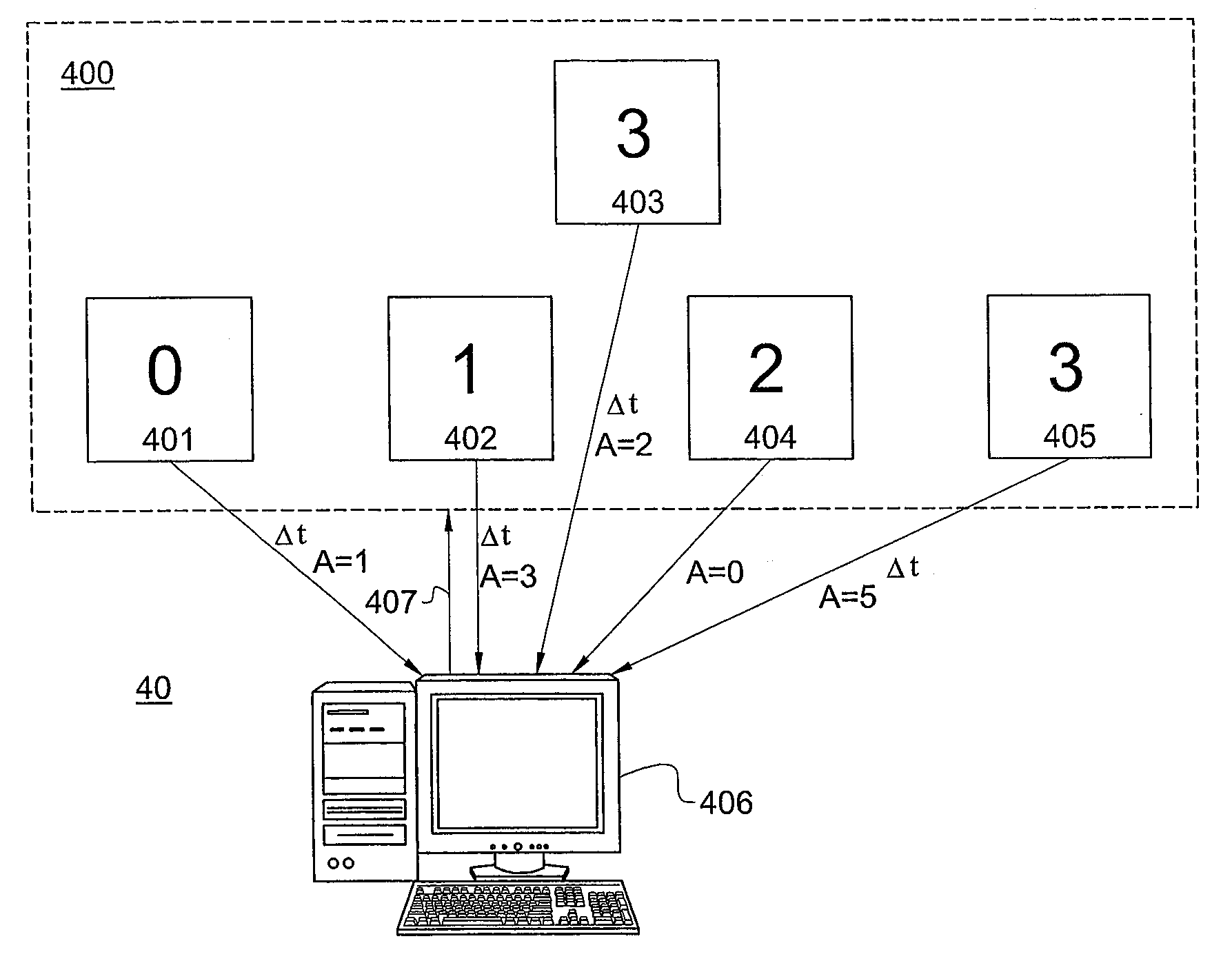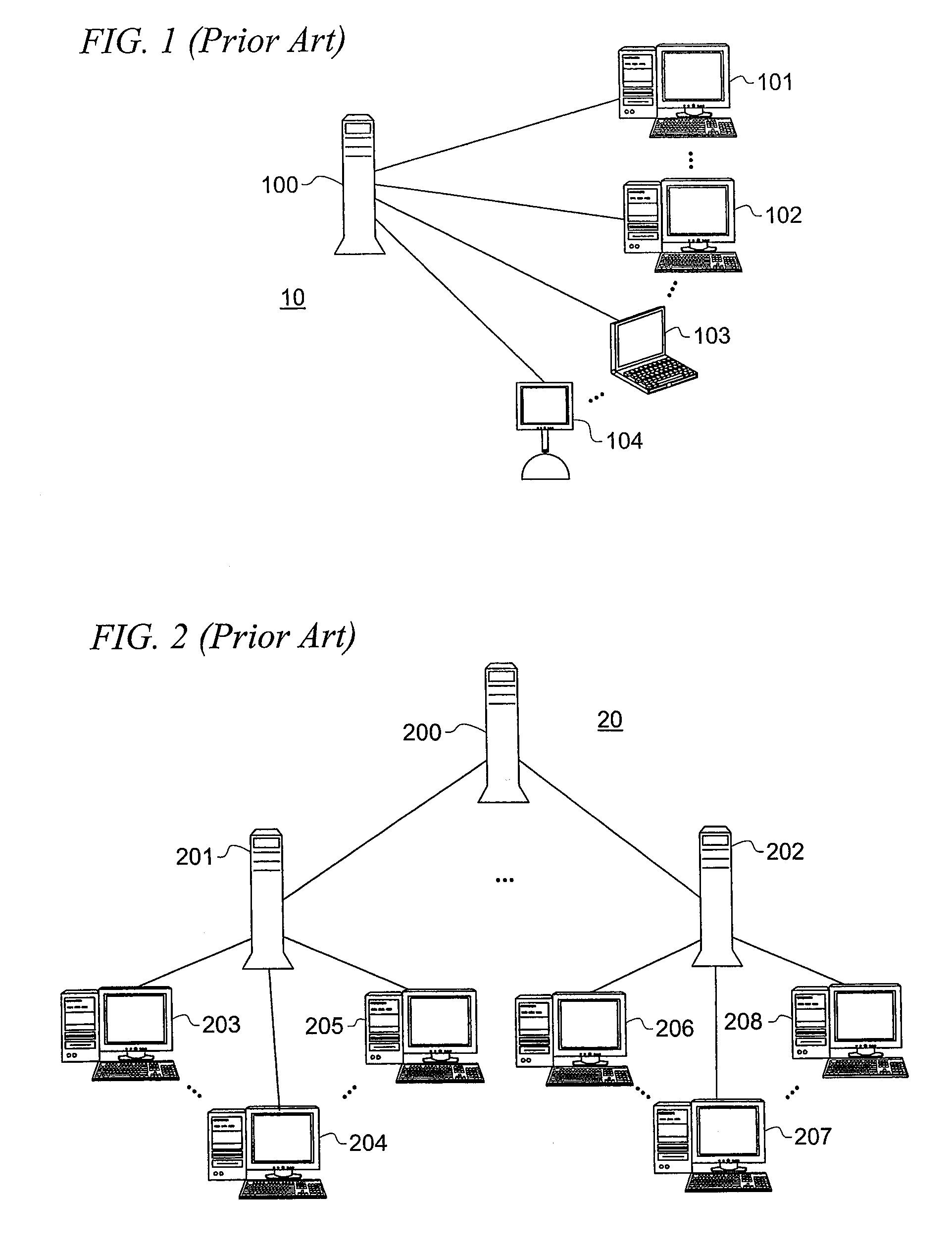Load balancing of server clusters
a server cluster and load balance technology, applied in the field of distributed computer networks, can solve problems such as not having the most beneficial priority cod
- Summary
- Abstract
- Description
- Claims
- Application Information
AI Technical Summary
Benefits of technology
Problems solved by technology
Method used
Image
Examples
Embodiment Construction
[0029]During the early days of the Internet, its client-server architecture was used as a communications system funded and built by researchers for military use. This Internet, originally known as ARPANET, was embraced by the research and academic communities as a mechanism for scientists to share and collaborate with other scientists. This collaborative network quickly evolved into the information superhighway of commerce and communication that has been a key part of personal and business life in the last 5-10 years. The Internet explosion was due, in part, to the development of the Web and graphically-based Web browsers, which facilitated a more graphically-oriented, multimedia system that uses the infrastructure of the Internet to provide information in a graphical, visual, and interactive manner that appeals to a wider audience of consumers seeking instant gratification.
[0030]As the technology underlying transmission bandwidth has grown in conjunction with the accessibility to s...
PUM
 Login to View More
Login to View More Abstract
Description
Claims
Application Information
 Login to View More
Login to View More - R&D
- Intellectual Property
- Life Sciences
- Materials
- Tech Scout
- Unparalleled Data Quality
- Higher Quality Content
- 60% Fewer Hallucinations
Browse by: Latest US Patents, China's latest patents, Technical Efficacy Thesaurus, Application Domain, Technology Topic, Popular Technical Reports.
© 2025 PatSnap. All rights reserved.Legal|Privacy policy|Modern Slavery Act Transparency Statement|Sitemap|About US| Contact US: help@patsnap.com



